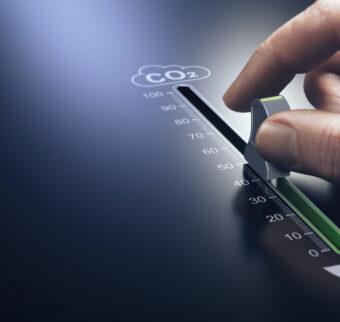Dentistry’s carbon footprint increasing
A new study shows dental practices’ carbon footprint has risen, with increased waste and staff travel; sustainability efforts are urgently needed.
The carbon footprint of dental practices has increased significantly, according to a new study1.
It found that there have been “notable shifts” in different components, such as increased waste and staff travel, despite a decrease in electricity-related emissions.
Life cycle analysis (LCA) methodology was used to calculate the carbon footprint of a full-time dental clinic operating 220 days a year.
Compared with a study by the same authors in 2015, the latest calculation shows reduced water use emissions but increased total waste emissions. Staff travel and patient travel continue to significantly impact the CFP, it added.
“The carbon footprint of incinerating mixed dental waste is estimated at 1,552 kg carbon emissions per tonne emphasising the significant environmental impact associated with waste management in dental practices and the need for sustainable waste disposal strategies,” said the authors.
“The carbon footprint of incinerating mixed dental waste is estimated at 1,552 kg carbon emissions per tonne
They added: “Growing awareness of environmental sustainability is essential. The Intergovernmental Panel on Climate Change’s report stresses urgent carbon reductions to limit global warming to 1.5 °C. The NHS in all four countries of the UK aims to be net zero. Dental practices must prioritise sustainability for public health.”
References
- What is the environmental footprint of a dental practice? A life cycle analysis (Part 1)

